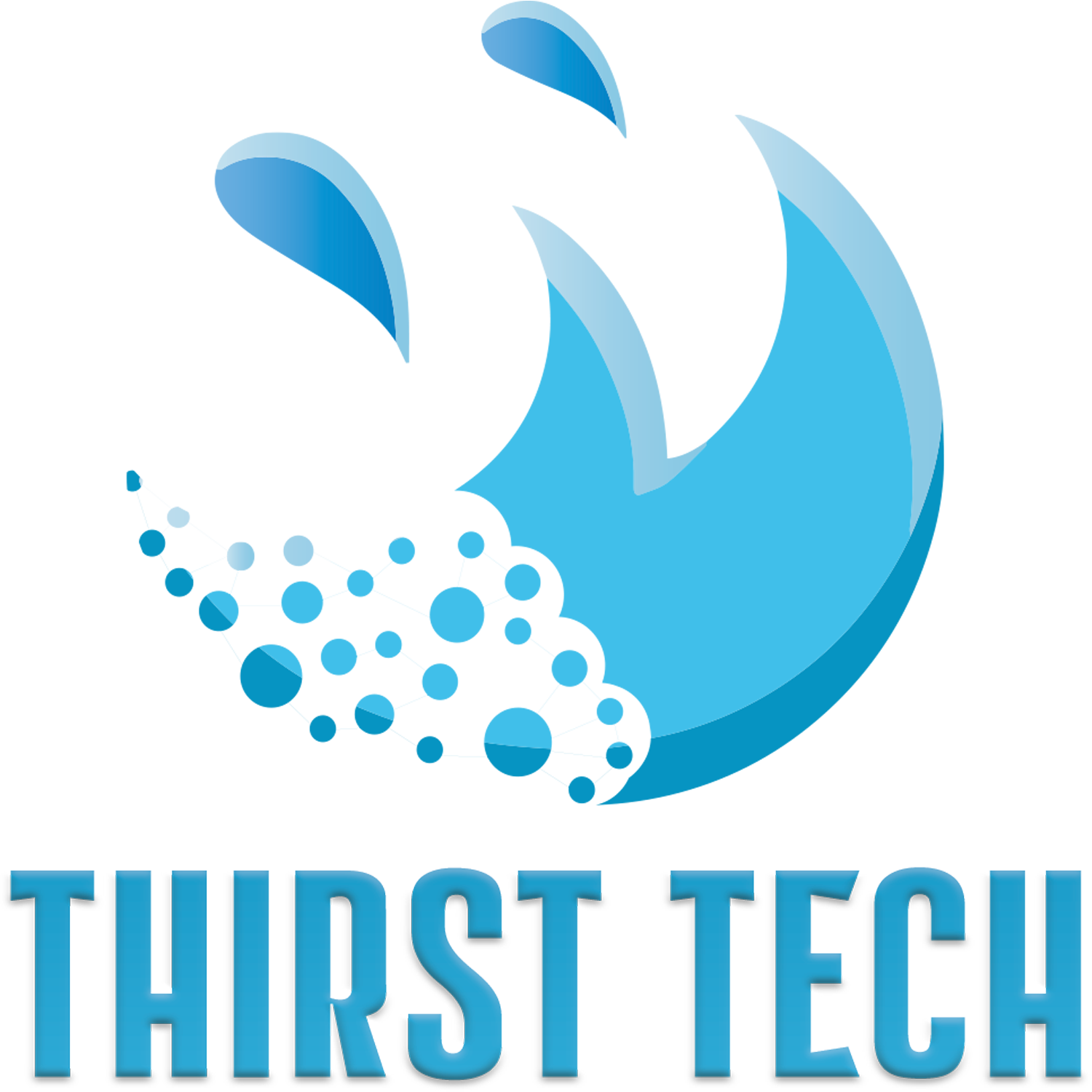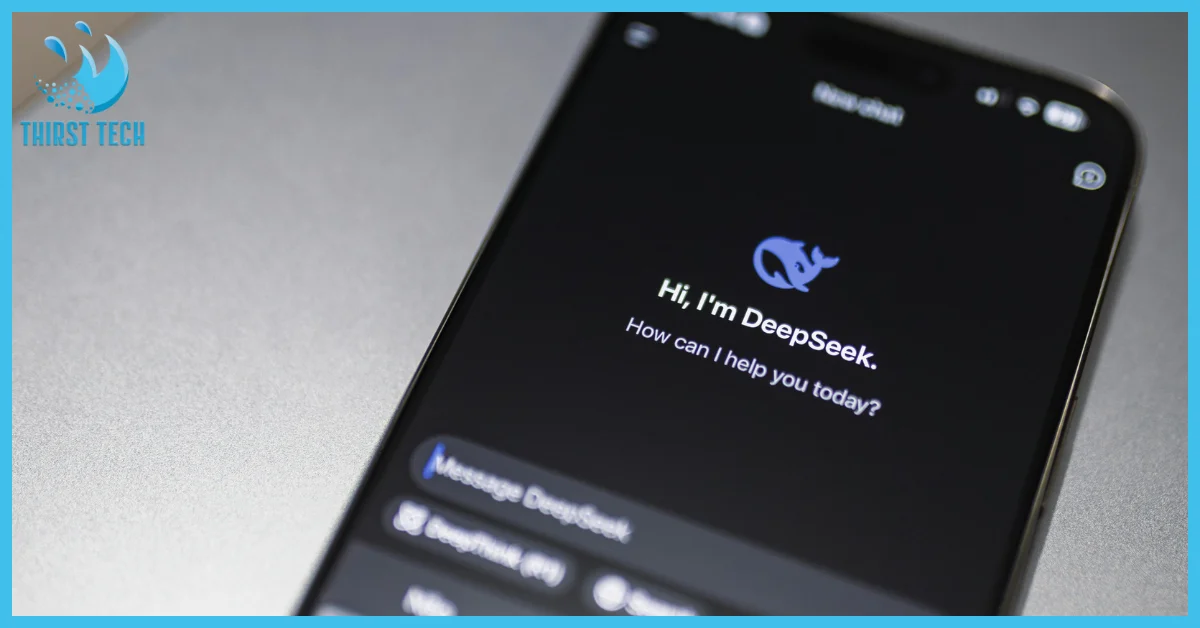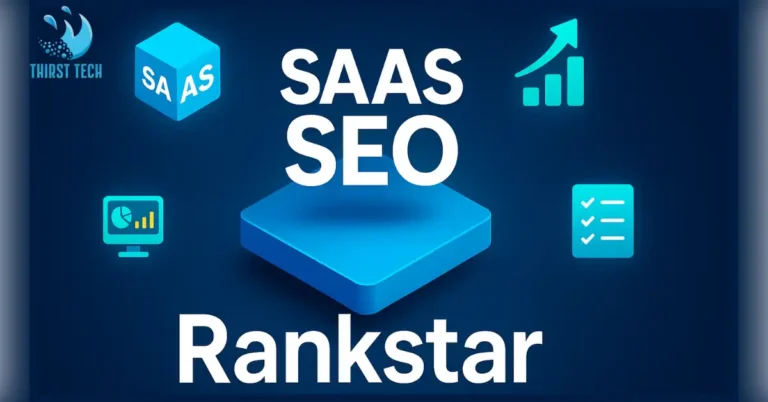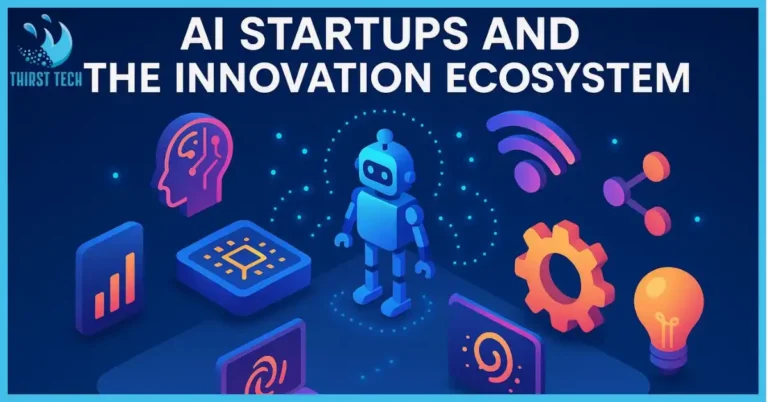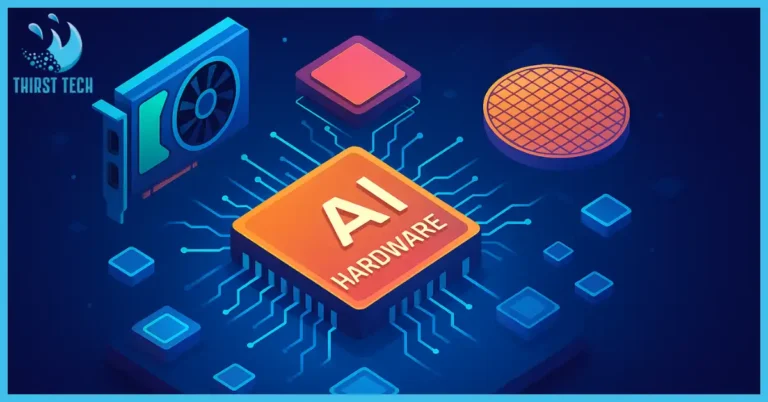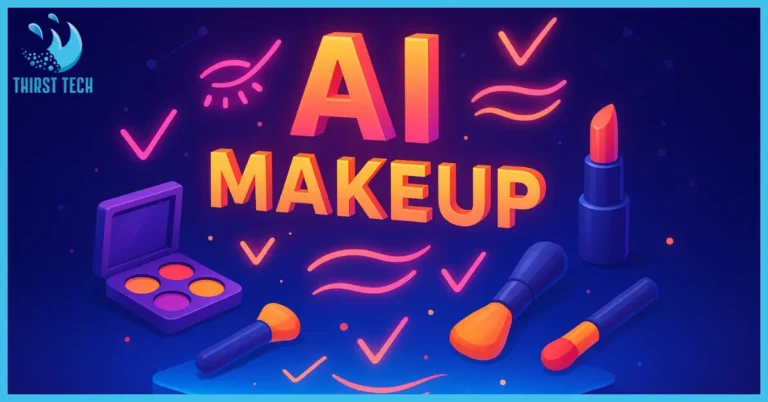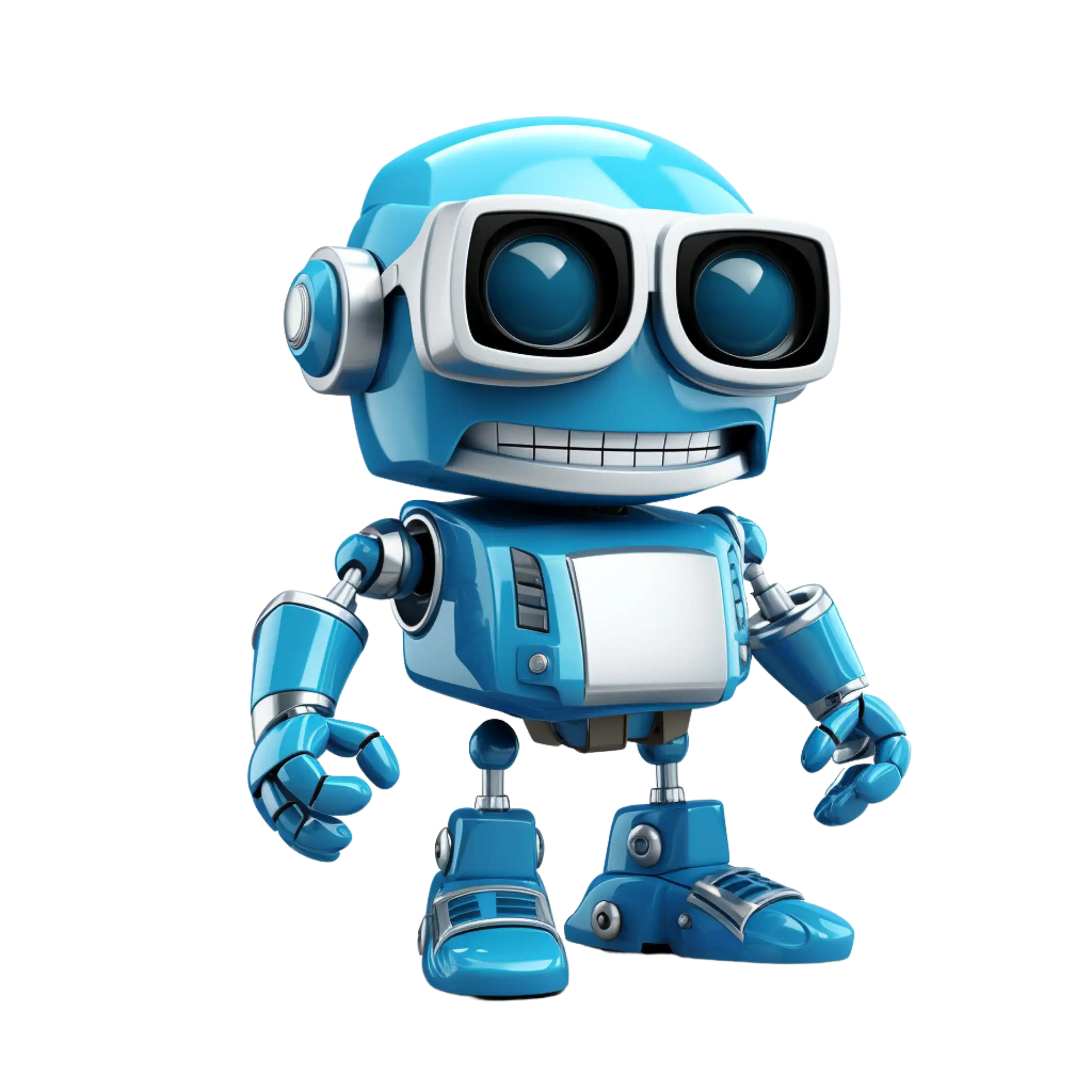What is One Thing Current Generative AI Applications Cannot Do?
Generative AI has revolutionized industries, from drafting legal contracts to composing symphonies. But what is one thing current generative AI applications cannot do due to their limitations in making decisions? Despite its ability to mimic human-like outputs, it falls short in replicating two irreplaceable human qualities: creativity and empathy. ChatGPT and MidJourney spark data efficiency and dazzle, but efficiency without intuition and emotional depth does not innovation.
In this article, we’ll dissect this crucial limitation, explore what this means in practice, and reveal why human collaboration is here to stay.
What is Generative AI? Beyond the Hype
Generative AI are algorithms trained to produce new content — be it text, images, music, or code — by identifying patterns in vast systems of datasets. Unlike traditional AI, which analyzes or classifies data, generative models produce original outputs that highlight the limitations of generative AI. Popular examples include:
- ChatGPT: Human-like text for essays, emails, and even code.
- DALL-E 3: Generates images based on a text prompt, such as “a penguin sipping espresso in Paris.”
- Amper Music: Generate royalty-free music tracks (in seconds).
How Does Generative AI Work?
At its core, generative AI relies on neural networks trained on vast datasets. For instance:
- Training Phase: Models analyze millions of text samples or images to learn patterns.
- Inference Phase: They generate outputs by predicting the next word/pixel based on input prompts.
But here’s the catch: generative AI is limited to recombining existing data. It can’t invent concepts outside its training material. As AI researcher Yejin Choi notes, “AI is a brilliant mimic, not a visionary.”
🔗 Related Post
Learn how AI Agents function in 2025, from decision-making models to automation, revolutionizing industries with smart adaptability.
The Reality of Generative AI (And Its Limitations)
Generative AI is revolutionizing industries, but its limitations are most pronounced in tasks that require nuance or emotional intelligence.
1. Generative AI in Healthcare
- Use Case:
- Drug Discovery: Models like AlphaFold predict protein structures to accelerate research.
- Synthetic Medical Imaging: Generating MRI scans to train diagnostic tools.
- Limitations:
- It can’t share in a patient’s anxiety or modify its bedside manner.
- A 2023 Johns Hopkins study found AI misdiagnosed rare diseases 34% more often than human doctors due to a lack of contextual reasoning.
2. Generative AI For Finance & Banking
- Use Case:
- Fraud Detection: They are analyzing transaction patterns to opportunity suspicious activities.
- Personalized Financial Advice: Robo-advisors, such as Wealthfront, use AI algorithms to optimize portfolios.
- Limitations:
- AI can’t make ethical decisions about trade-offs, such as who gets loan approval during a crisis.
- A Bank of America report revealed that 68% of customers distrust AI-driven financial advice due to bias in training data can significantly affect the accuracy of AI systems.
3. Creative Industries: Art, Music, and Marketing
- Use Case:
- AI-Generated Art: Tools like MidJourney create logos, book covers, and ad visuals.
- AI Copywriting: Jasper.ai writes product descriptions and social media posts.
- Limitations:
- AI lacks the human touch to infuse campaigns with cultural relevance or humor.
- A 2024 survey found that 81% of consumers can distinguish AI-generated ads from human-crafted ones, citing “generic messaging” as the top giveaway.
Generative AI vs. Human Capabilities
| Task | Generative AI | Humans |
|---|---|---|
| Write a poem | ✅ Mimics style from data | ✅ Infuses personal trauma, joy, etc. |
| Diagnose illness | ✅ Analyzes symptoms statistically | ✅ Considers patient’s emotional state |
| Negotiate a contract | ❌ Lacks contextual/ethical reasoning | ✅ Adapts to cultural subtleties |
| Compose a symphony | ✅ Generates melodies from existing genres | ✅ Creates entirely new musical forms |
🔗 Related Post
Explore Algorithmic Bias in AI – its causes, real-world effects, and solutions for building fairer AI systems.
The One Critical Limitation: Why AI Can’t Replicate Creativity or Empathy
What is one thing current generative AI applications cannot do? They fail to originate ideas or connect emotionally. Let’s break this down:
1. The Creativity Gap: Beyond Pattern Recognition
Generative AI excels at remixing data but can’t:
- Invent Truly Novel Concepts: While AI can design a chair, it can’t imagine a “zero-gravity sofa” without prior examples.
- Infuse Personal Experience: Human artists like Frida Kahlo channel pain into art; AI lacks subjective consciousness.
- Solve Unarticulated Problems: Steve Jobs famously said, “People don’t know what they want until you show it to them.” AI can’t pioneer visionary products.
Case Study: AI in Literature
An AI-penned novel made the NYT bestseller list in 2023, but critics derided its “formulaic plot” and “wooden dialogue.” Meanwhile, human-written books like Tomorrow, and Tomorrow, and Tomorrow thrived for their emotional depth.
2. The Empathy Deficit: Why AI Can’t “Feel”
AI lacks emotional intelligence, making it unfit for roles requiring:
- Adaptive Listening: Therapists adjust their approach based on a client’s tone; chatbots follow scripted responses.
- Moral Judgment: While AI can quote ethics textbooks, it can’t weigh dilemmas like a lawyer or judge.
- Cultural Sensitivity: Marketing campaigns require understanding local nuances—something AI often misses.
Case Study: Mental Health Chatbots
Apps like Woebot use AI to deliver CBT techniques, but a 2024 Stanford study found that 72% of users felt “unheard” by AI. As one participant noted, “It’s like talking to a dictionary that regurgitates self-help quotes.”
🔗 Related Post
Explore how AI is Transforming Mental Health Care through early diagnosis, personalized treatments, and predictive analytics using machine learning and NLP.
The reason Generative AI can’t yet Solve Human-Centric Problems
Beyond creativity and empathy, AI struggles with ethical reasoning, contextual adaptation, and intuition. Intuition is a crucial aspect that AI systems struggle to replicate due to their inherent limitations.
1. Ethical and Bias Challenges
- Bias in Outputs: Facial recognition tools misidentify people of color 10 times more frequently, according to MIT research, calling into question the accuracy of AI systems.
- Moral Ambiguity: Should a self-driving car save a child’s life or an elderly passenger’s? AI can’t resolve this.
2. Contextual Blind Spots
- Lawyers: AI can draft contracts but can’t interpret unspoken client concerns or societal shifts (e.g., post-pandemic labor laws).
- Teachers: AI tutors like Khanmigo explain math concepts but can’t motivate a struggling student with personalized encouragement.
Building Generative AI Applications: Technical and Ethical Hurdles
Developing these tools requires navigating computational limits, data biases, and human oversight.
Technical Challenges
- Computational Power: Training models like GPT-4 costs millions and requires cloud platforms like AWS.
- Data Quality: Garbage in, garbage out—flawed training data leads to inaccurate outputs.
Ethical Considerations
- False news about Deepfakes: After AI-generated videos circulate around for quite some time, policies need to be strict.
- Transparency: People have a right to know when they are interacting with AI, not people.
Key Challenges in Generative AI Development
| Challenge | Impact | Solution |
|---|---|---|
| Computational Power | Limits model complexity | Leverage AWS/Azure cloud scaling |
| Bias in Training Data | Reinforces stereotypes | Curate diverse datasets |
| Lack of Creativity | Outputs feel derivative | Hybrid human-AI workflows |
| Ethical Risks | Deepfakes, misinformation | Strict content moderation policies |
🔗 Related Post
Learn how AI is reshaping Transportation and Logistics through smarter routing, predictive analytics, and next-gen supply chain automation.
The Future of Generative AI: Can We Bridge the Gap?
Researchers are exploring ways to narrow AI’s creativity and empathy gaps, addressing the limitations of generative AI.
- Empathy Simulations: Training models on emotional speech patterns (e.g., tone, pauses).
- Creative Collaboration: Adobe’s Firefly lets artists refine AI-generated drafts, blending efficiency with human flair.
However, what is one thing current generative AI applications cannot do—and may never achieve? Replace the human capacity for empathy, intuition, and groundbreaking innovation.
How to Use Generative AI Responsibly: A Checklist
- Verify Outputs: Fact-check AI-generated content with tools like Originality.ai.
- Human-in-the-Loop: Use AI for drafts, not final decisions (e.g., medical diagnoses).
- Bias Audits: Regularly review training data for fairness.
- Transparency: Disclose AI use to customers (e.g., “This email was AI-assisted”).
🔗 Related Post
Dive into How AI Models are Built and Trained, from neural networks to transformers—perfect for both beginners and seasoned developers.
Conclusion
What is one thing current generative AI applications cannot do? They can’t replicate the soul of human creativity or the warmth of empathy. While AI excels at scaling tasks, true innovation and connection remain uniquely human. The future lies not in competition but in collaboration—leveraging AI’s speed alongside human wisdom.
FAQs
1. Will AI ever achieve true creativity?
Only with human guidance. AI lacks intrinsic curiosity or the desire to create.
2. Can AI replace therapists or artists?
Unlikely. These roles thrive on empathy and originality—AI’s weakest areas due to its technology limitations.
3. How can businesses avoid AI pitfalls?
Combine AI with human oversight, audit for bias, and prioritize transparency.
Sources
